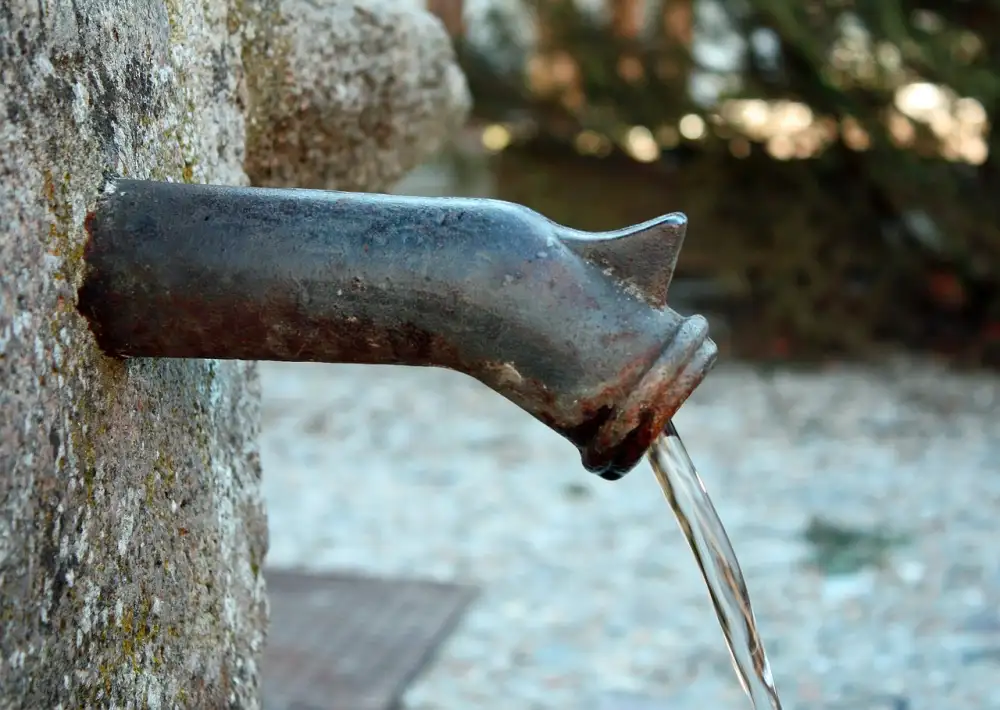Cast Iron Pan Cleaning 101: The Ultimate Guide to Properly Clean Your Kitchen Essential

- Gather necessary supplies for cleaning
- Step-by-step instructions for cleaning a cast iron pan:
- Allow the pan to cool down completely
- Use a stiff brush or sponge to remove any food residue
- Rinse the pan with hot water
- Dry the pan thoroughly
- Apply a thin layer of oil to prevent rusting
- Tips for maintaining the quality of a cast iron pan
Cleaning a cast iron pan is an essential step in maintaining its longevity and ensuring optimal cooking performance. Unlike other types of cookware, cast iron pans require special care to prevent rusting and maintain their non-stick surface. By properly cleaning your cast iron pan after each use, you not only remove any food residue but also create a protective layer that enhances its durability. In this guide, we will walk you through the step-by-step process of cleaning your cast iron pan and provide tips for maintaining its quality. So let's dive in and discover the ultimate guide to properly clean your kitchen essential!
Gather necessary supplies for cleaning
To properly clean a cast iron pan, it is important to gather the necessary supplies beforehand. Here are the essential items you will need:
1. Stiff brush or sponge: Look for a brush or sponge with firm bristles that can effectively remove food residue without scratching the surface of the pan.
2. Hot water: Make sure to have access to hot water as it helps in loosening any stuck-on food particles and aids in the cleaning process.
3. Dish soap (optional): While some prefer to clean their cast iron pans without soap, you may choose to use a mild dish soap if needed. Just ensure that it is thoroughly rinsed off afterward.
4. Paper towels or clean cloth: These will be used for drying the pan after washing. Avoid using regular kitchen towels as they may leave lint behind.
5. Cooking oil: A high smoke point oil like vegetable oil or flaxseed oil is ideal for seasoning and preventing rust on your cast iron pan.
By having these supplies ready, you'll be well-prepared to tackle the cleaning process and maintain the quality of your beloved cast iron pan.
Step-by-step instructions for cleaning a cast iron pan:
a. Allow the pan to cool down completely
b. Use a stiff brush or sponge to remove any food residue
c. Rinse the pan with hot water
d. Dry the pan thoroughly
e. Apply a thin layer of oil to prevent rusting
Allow the pan to cool down completely
Allowing the pan to cool down completely is an essential step in properly cleaning a cast iron pan. It is important to let the pan cool naturally, as exposing it to cold water immediately after cooking can cause it to warp or crack. Patience is key here, as rushing this step can lead to damage and reduce the lifespan of your beloved cast iron pan. So, resist the temptation to speed up the process and give your pan ample time to cool down before moving on to the next steps.
Use a stiff brush or sponge to remove any food residue
After allowing the cast iron pan to cool down completely, it's time to tackle any remaining food residue. Grab a stiff brush or sponge and gently scrub away any stuck-on bits. Be sure to use a brush with firm bristles that won't damage the pan's surface. This step is crucial for removing any leftover food particles and ensuring a clean cooking surface. Take your time and be thorough in this process to achieve the best results.
Rinse the pan with hot water
After using your cast iron pan, it's important to rinse it with hot water to remove any remaining food particles. This step is crucial in maintaining the quality of your pan and preventing any build-up that could affect its performance. Make sure the water is hot enough to help loosen any stubborn residue, but avoid using soap as it can strip away the pan's seasoning. Gently scrub the pan with a brush or sponge to ensure all debris is removed. Once rinsed, move on to the next step in properly cleaning your cast iron pan.
Dry the pan thoroughly
After rinsing the cast iron pan with hot water, it is crucial to dry it thoroughly. Any remaining moisture can lead to rusting and damage the pan's seasoning. To dry the pan, use a clean kitchen towel or paper towels to absorb all the water. Ensure that every nook and cranny is dry, including the handle and any ridges or corners. Place the pan on a stovetop burner set to low heat for a few minutes to evaporate any lingering moisture. Once completely dry, remove it from the heat and allow it to cool before proceeding to the next step of applying a thin layer of oil.
Apply a thin layer of oil to prevent rusting
To prevent rusting and maintain the quality of your cast iron pan, it is crucial to apply a thin layer of oil after each cleaning. This simple step creates a protective barrier that prevents moisture from coming into direct contact with the iron surface. After drying the pan thoroughly, use a paper towel to apply a small amount of cooking oil or melted shortening all over the pan, including the handle and exterior. Make sure to coat every inch of the pan's surface. This oil layer will not only prevent rust but also help season the pan, enhancing its non-stick properties over time. Remember to store your cast iron pan in a dry place to further protect it from moisture and humidity. With proper oiling, your cast iron pan will last for generations, providing you with delicious meals for years to come.
Tips for maintaining the quality of a cast iron pan
To maintain the quality of your cast iron pan, here are some tips to keep in mind:
1. Avoid using harsh detergents or abrasive cleaning tools as they can strip away the pan's seasoning.
2. After each use, wipe the pan with a paper towel or cloth to remove any excess oil or food particles.
3. Store the pan in a dry place to prevent moisture from causing rust.
4. If rust does appear, scrub it off with steel wool and re-season the pan.
5. Regularly re-season your cast iron pan by applying a thin layer of oil and heating it in the oven for an hour.
6. Avoid cooking highly acidic foods, such as tomatoes or citrus, in your cast iron pan as they can damage the seasoning.
7. Use wooden or silicone utensils when cooking in your cast iron pan to avoid scratching the surface.
By following these tips, you can ensure that your cast iron pan remains in excellent condition for years to come, providing you with delicious meals and lasting culinary memories.
In conclusion, proper cast iron pan cleaning is essential for maintaining its quality and ensuring its longevity. By following the steps outlined in this guide, you can remove food residue, prevent rusting, and keep your cast iron pan in excellent condition. Regular cleaning not only enhances the flavor of your dishes but also prevents the buildup of harmful bacteria. So, take care of your kitchen essential and enjoy delicious meals for years to come!
Published: 11. 12. 2023
Category: Home



